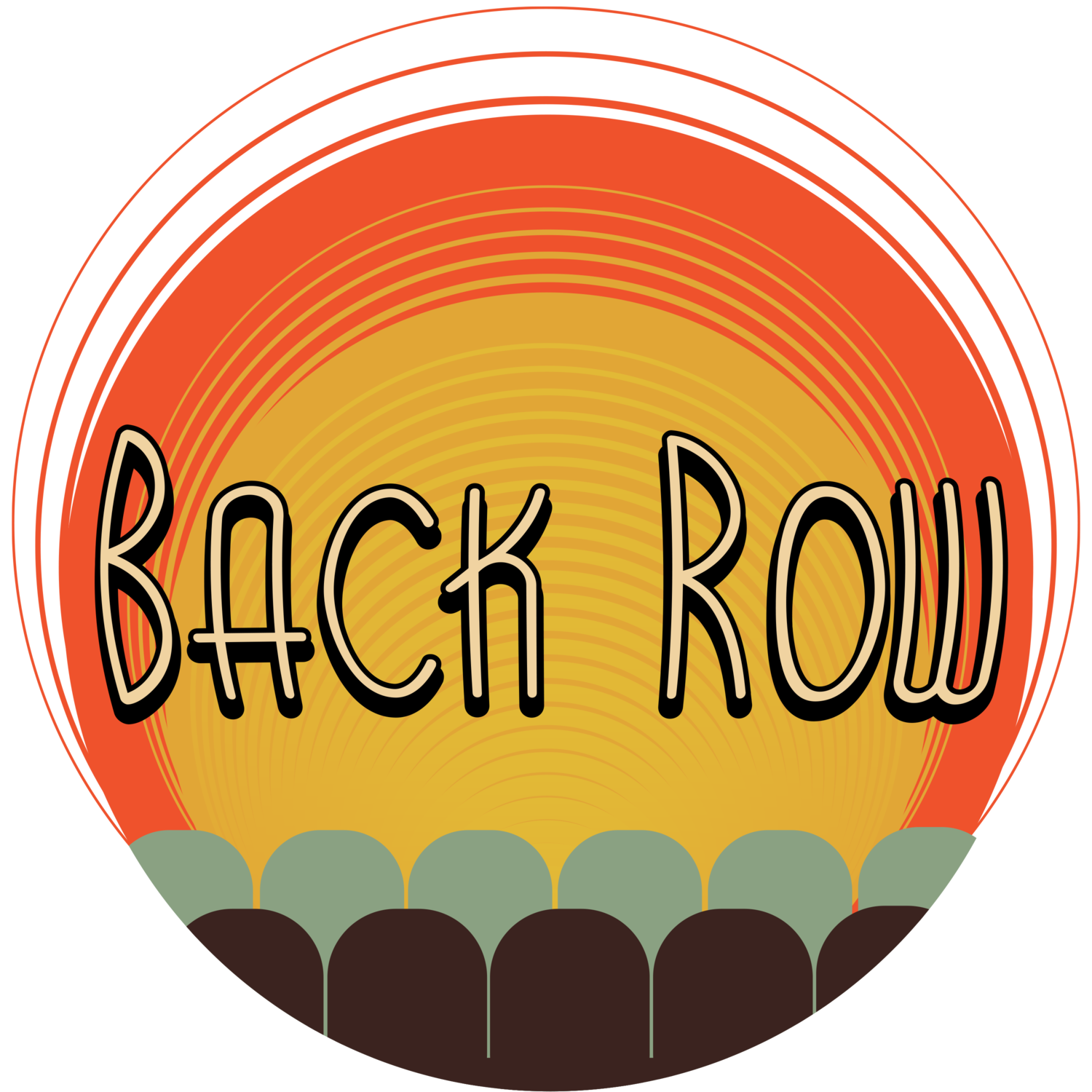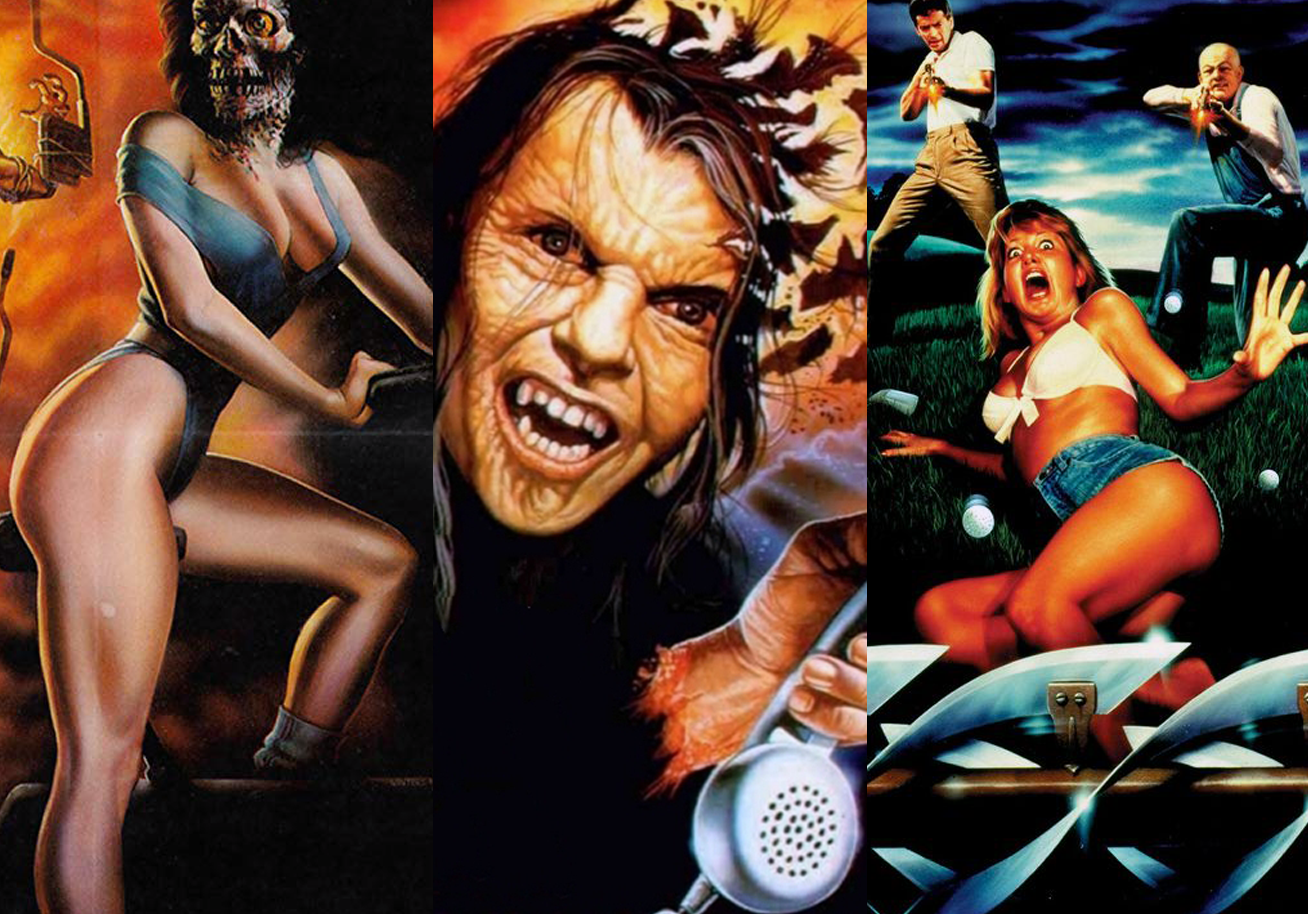Double Feature: Revenge, Irish Style (Black 47 & Bad Day For The Cut)
I was recently in Dublin where I stopped into the Irish Film Institute to catch a screening of Black 47. It turned out to be the right pick for a movie going experience in Ireland, as it not only takes place in during a pivotal time in Irish history but it’s about 50% spoken in Irish too. It made me think about how unique and interesting Irish cinema is – for a country with such a rich history, it’s surprising that we tend to see more movies about people emigrating from it than we do about the homefront. Besides Ken Loach’s brilliant Wind That Shakes The Barley and Steve McQueen’s Hunger, I’m hard pressed to think of any other recent movies that has grappled with Ireland’s complex political history. Then suddenly in the past two years two Irish movies were released, one from Ireland and one from Northern Ireland, and both of which star bearded Irish men that wield rifles, deal with some degree of Irish political history and, most importantly, serve up some sweet bloody revenge.
Black 47 (2018)
Black 47 takes place during the Great Famine of Ireland, known largely outside of Ireland as the “Irish Potato Famine,” a period of agricultural desolation that took place between 1845 and 1849. It was a time where millions either died from starvation or emigrated to avoid death, with the worst of these years being 1847, otherwise known as the “Black ‘47.” This film follows the story of a man named Martin Feeney (James Frecheville), an Irish deserter from the British army, who comes back to Ireland only to find his entire country has been ravaged by starvation and poverty. Not only has his hometown been gutted and destroyed, but his family was also evicted and left to die in the streets.
Out of rage and desperation, Feeney stalks the countryside slowly picking off everybody involved in the deaths of his mother and brother; targeting corrupt landlords, judges, Lords and the local police (RIC), all of whom are controlled one way or another by occupying British authorities. Once the British get wind of what’s happening, they employ Hannah (Hugo Weaving), an ex-army RIC investigator, to help track Feeney down and kill him. Hannah rides after Feeney’s trail with the aid of two officers (Freddie Fox and Barry Keoghan) and a local translator (Stephen Rea), but Feeney always seems to be one step ahead of them.
Black 47 is a simple, straight-forward and satisfying tale of violent revenge. Considering the miserable nature of the plot, it’s a strangely fun watch; it’s essentially a Western in formula, which works perfectly with its setting during the desolation of the Great Hunger. Also like a Western, I really enjoyed watching this modernly-styled revenge flick being fought with muskets, knives and bare hands. It slows the action down just enough to really punctuate the moments of violence when they do happen and keeps the tension running high throughout. I also enjoyed it’s overt political message in the shape of a strong finger of blame pointed directly at the English rule during this time. During press tours for the film, director Lance Daly pointed out that no other director had attempted a movie about the Great Famine until now. A point that amazes me until you remember that England is one of the heavy-hitters in the world of cinema and probably doesn’t really want to rehash their dirty laundry. Good on Daly for shining a light on this important time, however.
As far as the filmmaking goes, there’s some weird choices here; such as the subtitles dancing around the screen depending on who’s talking, which I found distracting. Other times the subtitles don’t show up at all, such as during some of the Irish songs. I also found the film to be lit too darkly at times, never mind heavily reliant on color correction, but it certainly sets a mood for the wasteland of starvation we encounter. I was impressed by the acting however, especially considering how this strongly Irish movie stars two Australians. James Frecheville in particular really managed to get a ton across through stoic silence, never mind how he managed to learn enough Irish to get through the script. It’s a straight forward, testosterone-filled film (there’s only one female character) and I’ve gotta admit, it’s a helluva satisfying ride – never mind a good quick 101 lesson in the British occupation of Ireland and their history of racist policies.
This movie premieres in the US today, so go check it out at a theater near you.
Bad Day for the Cut (2017)
Now we skip forward a couple of centuries, and up into Northern Ireland for a more modern and smaller-scale tale of revenge. Donal (Nigel O’Neill) lives a peaceful rural life with his elderly mother Florence (Stella Mccosker), until one day he walks in to find her bludgeoned to death on the floor. Before he can process her murder, he is suddenly ambushed by two masked men who throw a noose over his neck, hoping to make his impending murder look like a suicide. Thankfully for Donal they’re fairly inept and he not only lives to see the next day, but he ends up kidnapping one of them – a young Polish man named Bartosz (Józef Pawłowski). Dumb but earnest Batosz helps to lead Donal down a trail of sex trafficking and crime syndicates run by the mysterious Frankie (Susan Lynch), a woman who has a personal vendetta against Donal’s family.
Bad Day for the Cut is a strange mix of violence and black comedy, Tarantino-esque in its almost whimsically take on otherwise unsettling and violent situations. None of the humor really landed for me, it mostly just felt like a crutch for not being able to maintain serious emotional writing. Personally, the most intriguing part of this movie was in having a violent revenge flick starring middle-aged to senior actors. It helps to keep the movie simmering at a slow burn, and it’s riveting to see how and when it eventually boils over. Donal’s older age brings more weight to his decision to take up violence as a necessity; his decision to turn vigilante instead of calling the police is born from sad resignation instead of pure knee-jerk anger. He’s a man who’s lived long enough to know what happens when you don’t take matters into your own hands.
There is also an interesting plot point about how the elderly get whitewashed as “innocent” as they age; as if society tends to view anybody who’s lasted this long as somehow inherently deserving of a clean slate in spite of grave mistakes they may have commited in the past. It’s a point that feels particularly poignant right now, as society seems to be warming up to the concept of holding people accountable for crimes they committed decades ago.
At it’s worst, the film’s indulgence in morbid humor to offset the violence can come across as flippant or dismissive of the serious topics at hand. Director Chris Baugh also doesn’t seem to understand how women could contain any sort of duality, all of the female characters in this are decidedly one dimensional. But at its best, Bad Day for the Cut spins a complex web of political and personal strife, with hidden family secrets and a strong emphasis on avenging decades old crimes. It plays with those shades of gray inherent with realizing the unidealized version of your parents while still feeling the need to be loyal to them. It’s an interesting musing on themes that echo loudly through Northern Ireland, itself a product of a traumatic schism.
Bad Day for the Cut is available now to stream on Netflix.








